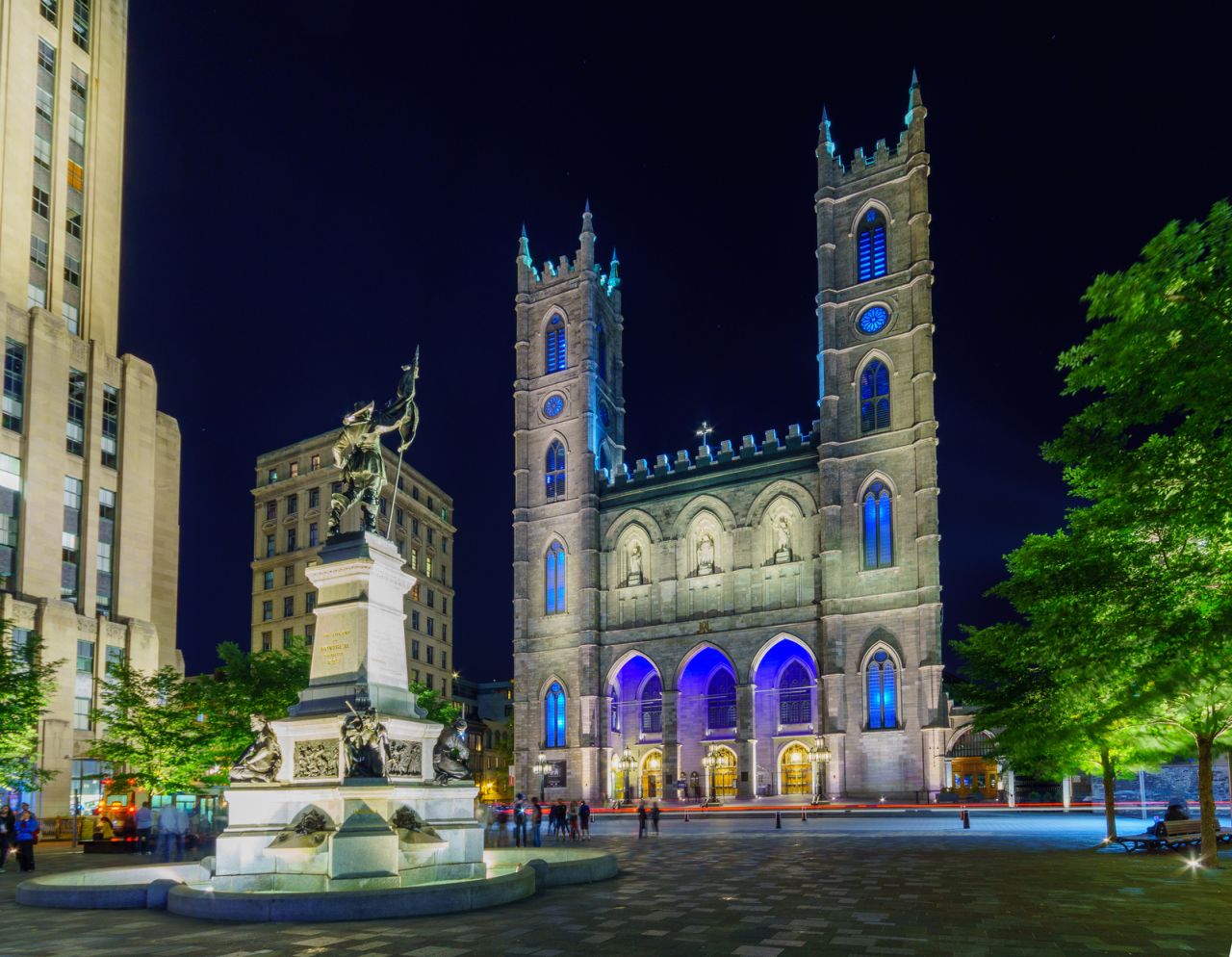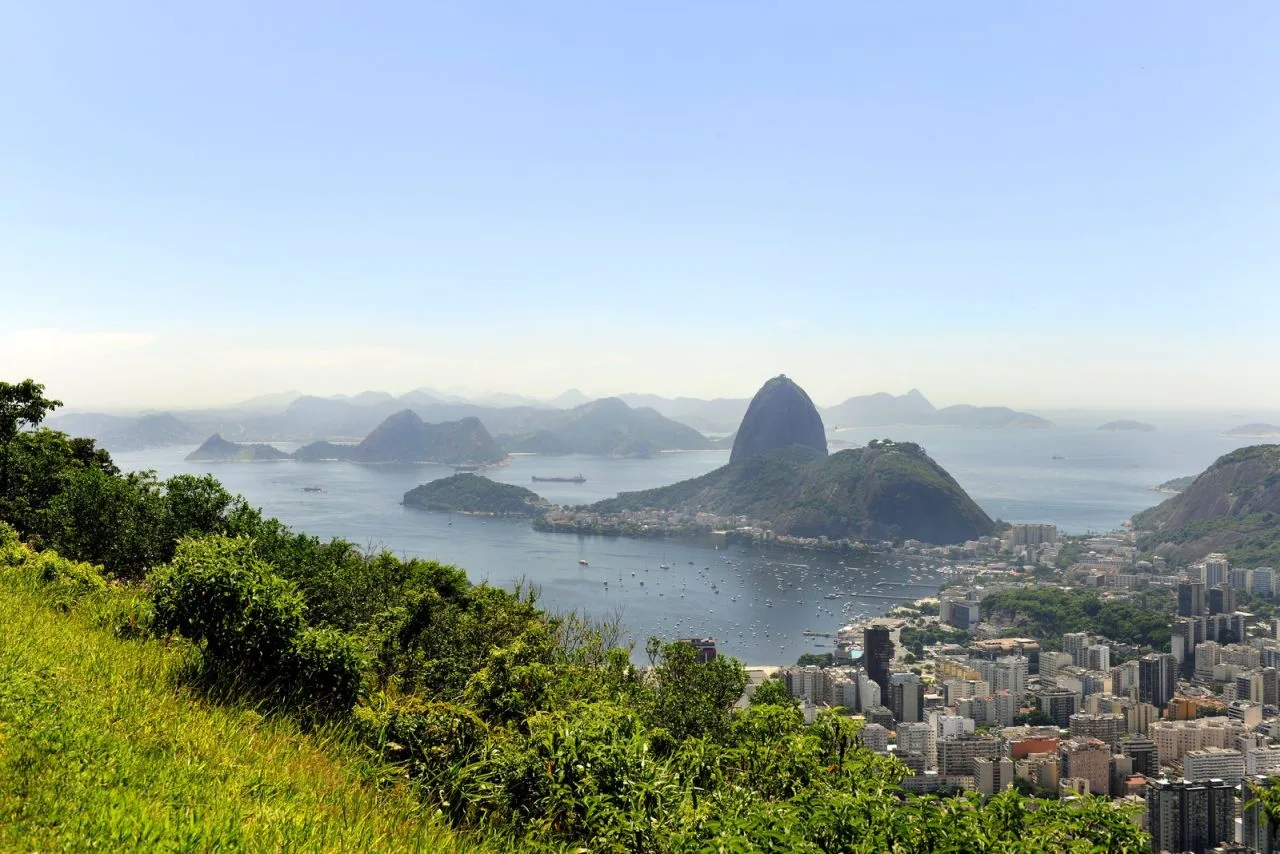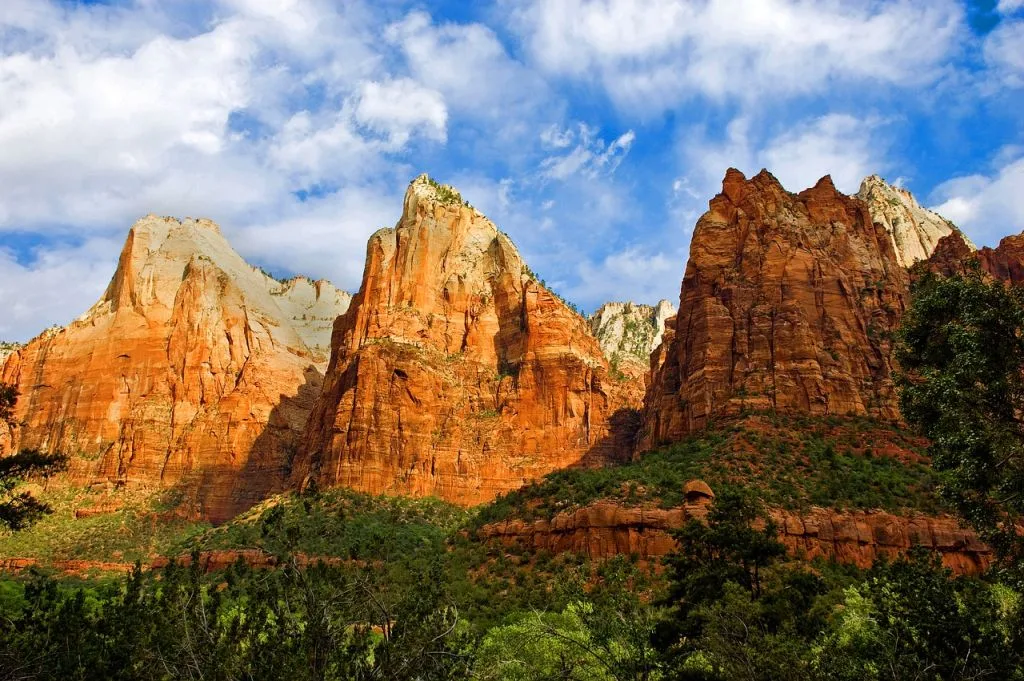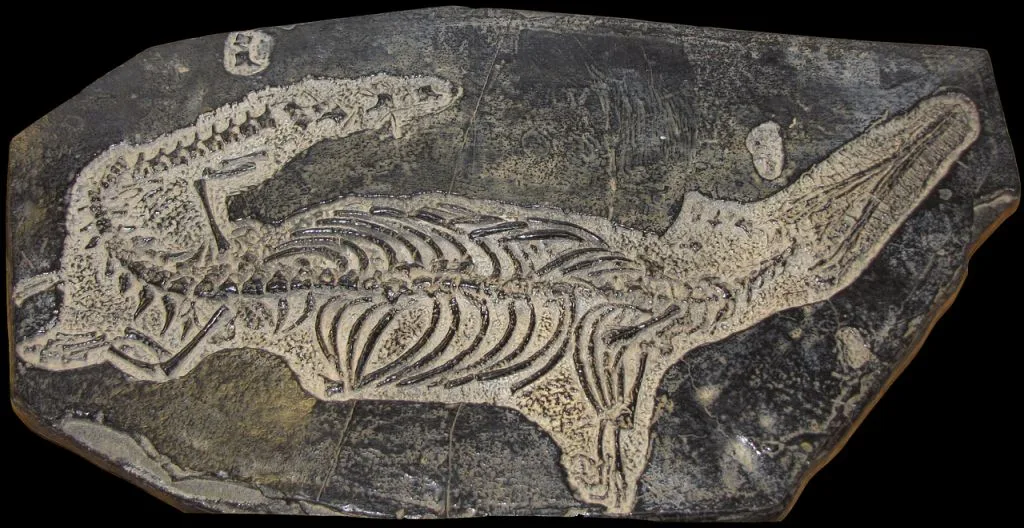Qurikancha, Cusco, Peru
Address
Qurikancha, Cusco, Peru
GPS
-13.5202208, -71.9751431
Coricancha, Koricancha, Qoricancha or Qurikancha was the most important temple in the Inca Empire. It is located in Cusco, Peru, which was the capital of the empire.
The surrounding courtyard was formerly filled with golden statues, and the walls and flooring were formerly covered in solid gold sheets. According to Spanish sources, it was “fabulous beyond imagination” in its luxury. The majority of the wealth was collected from Qurikancha when the Spanish demanded a ransom in gold for the life of the Inca leader Atahualpa.
The Church of Santo Domingo was built on the site by Spanish colonists, who demolished the temple and used its foundations for the cathedral. It took over a century to build. This is one of many places where the Spanish used Inca masonry in the construction of a colonial structure.
The church was severely damaged by major earthquakes, but the Inca stone walls, which were fashioned out of massive, closely interlocking stone blocks, are still standing thanks to their ingenious stone construction. A nearby underground archaeological museum houses a number of intriguing artifacts from the site, including mummies, textiles, and holy idols. The Santo Domingo Church and Convent have recently been added to the site.
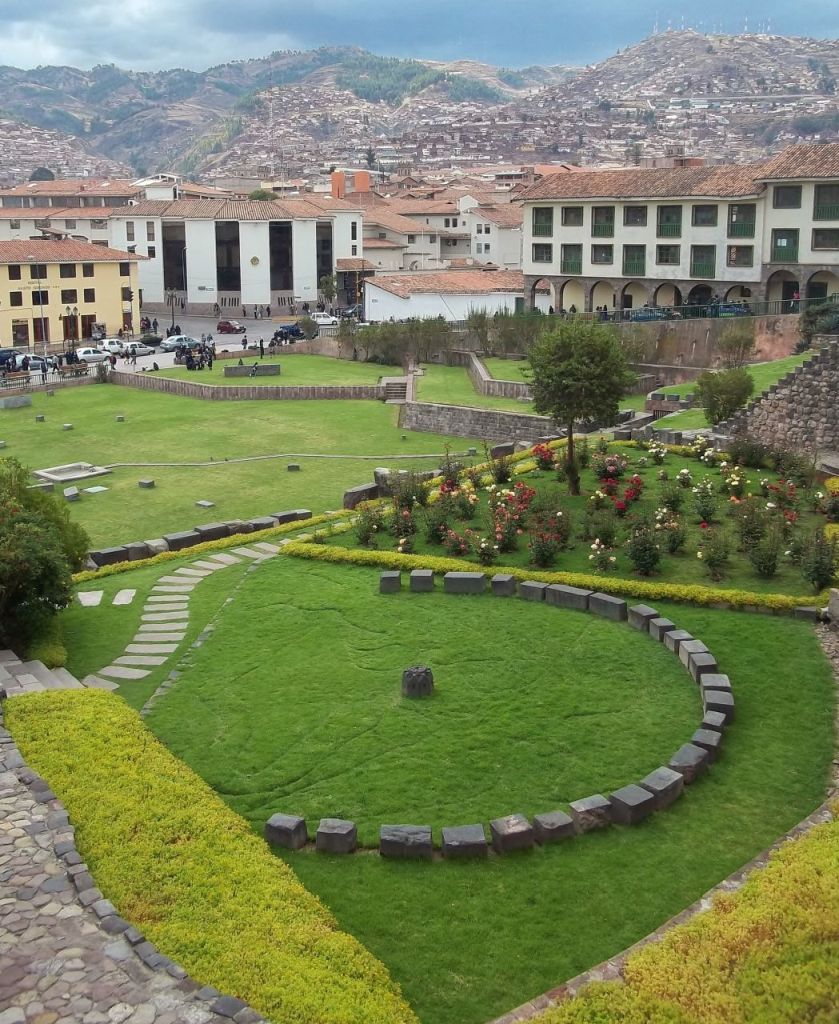
Historical Significance of Qurikancha
Qurikancha, also known as the Temple of the Sun, holds immense historical significance in Peruvian culture. This sacred site was once the most important religious center of the Inca Empire and served as a key political and ceremonial hub.
The Inca civilization revered Inti, their sun god, and considered him to be their divine ancestor. Therefore, Qurikancha held great importance as it housed precious golden statues representing Inti and other deities.
During its prime, Qurikancha was adorned with exquisite gold leafing from floor to ceiling. The walls were embedded with semiprecious stones that glimmered under sunlight or torchlight. It truly was a sight to behold!
 Sadly, much of this grandeur was lost when Spanish conquistadors plundered the temple in 1533. They stripped away all the gold and destroyed many parts of this magnificent structure.
Sadly, much of this grandeur was lost when Spanish conquistadors plundered the temple in 1533. They stripped away all the gold and destroyed many parts of this magnificent structure.
Despite these losses, Qurikancha still stands today as an awe-inspiring testament to the rich history and architectural prowess of the ancient Incas. Its ruins offer glimpses into a bygone era where spirituality intertwined seamlessly with everyday life.
Visiting Qurikancha allows you to immerse yourself in this vibrant history while marveling at its remaining treasures. From intricately carved stonework to well-preserved chambers, every corner tells a story waiting to be discovered.
So if you’re planning a trip to Peru, make sure not to miss out on experiencing Qurikancha firsthand. It’s more than just an archaeological site; it’s a window into an extraordinary civilization that continues to captivate visitors from around the world!
The Golden Temple of the Inca Empire
The Golden Temple of the Inca Empire is a fascinating architectural marvel that stands as a testament to the ingenuity and skill of the ancient Incas. Located in Cusco, Peru, this sacred site was once the most important temple in the Inca capital.
The temple complex, known as Qurikancha in Quechua, was dedicated to Inti, the sun god. It was adorned with gold-plated walls and filled with precious treasures. The golden splendor of Qurikancha symbolized the wealth and power of the Inca Empire.
 The architecture of Qurikancha is truly awe-inspiring. The precision with which stones were cut and fitted together without mortar is remarkable. The walls are perfectly aligned with celestial events such as solstices and equinoxes, showcasing the advanced astronomical knowledge of the Incas.
The architecture of Qurikancha is truly awe-inspiring. The precision with which stones were cut and fitted together without mortar is remarkable. The walls are perfectly aligned with celestial events such as solstices and equinoxes, showcasing the advanced astronomical knowledge of the Incas.
One must-see feature at Qurikancha is its stunning garden filled with various plants representing different regions of Tawantinsuyu (the Inca Empire). This garden not only served an aesthetic purpose but also had medicinal and agricultural significance for the Incas.
Visitors should take note that photography inside Qurikancha is strictly prohibited due to its cultural importance. However, taking mental snapshots of this historical treasure will undoubtedly leave a lasting impression.
Exploring Qurikancha allows visitors to delve into Peru’s rich history while appreciating magnificent architecture. Its significance cannot be overstated when it comes to understanding both Inca culture and their reverence for nature and celestial bodies
Architecture and Design of Qurikancha
The architecture and design of Qurikancha is a testament to the incredible engineering skills and artistic vision of the Inca Empire. The complex is made up of several structures, each showcasing unique architectural features.
One notable aspect of Qurikancha’s design is its use of finely cut stones that fit together seamlessly without the need for mortar. This precision craftsmanship allowed the Incas to create intricate walls with remarkable durability.
 Another striking feature is the use of trapezoidal doorways throughout the site. These doorways were not only aesthetically pleasing but also served a practical purpose – their shape helped distribute weight evenly, making them earthquake-resistant.
Another striking feature is the use of trapezoidal doorways throughout the site. These doorways were not only aesthetically pleasing but also served a practical purpose – their shape helped distribute weight evenly, making them earthquake-resistant.
Inside Qurikancha, you’ll find beautifully decorated chambers adorned with gold leaf. The walls were once covered in sheets of solid gold, symbolizing the sun god Inti’s radiant presence within this sacred space.
The temple’s central courtyard showcases a mesmerizing stone altar known as “Intiwatana.” This carved rock structure was used by Inca priests to observe solstices and equinoxes, aligning themselves with celestial events.
As you explore this architectural marvel, take note of how it harmoniously blends with its natural surroundings. Built upon an elevated hillside overlooking Cusco, Qurikancha offers breathtaking panoramic views that further enhance its awe-inspiring beauty.
Qurikancha stands today as a testament to both human ingenuity and reverence for nature. Its architectural brilliance continues to captivate visitors from around the world who come seeking insight into ancient civilizations’ rich history and culture.
Must-See Features at Qurikancha
When visiting Qurikancha, there are several must-see features that will leave you in awe of the Inca Empire’s architectural prowess. One of these remarkable features is the Sun Temple, which was considered the most important building in the complex. Its walls were once covered in sheets of gold, reflecting the sun’s rays and creating a dazzling spectacle.
 Another captivating feature is the impressive underground chamber known as Inti Watana. This stone structure served as an astronomical observatory for the Incas and offered breathtaking views of celestial events. Even today, visitors can marvel at its intricate carvings and precise alignments with celestial bodies.
Another captivating feature is the impressive underground chamber known as Inti Watana. This stone structure served as an astronomical observatory for the Incas and offered breathtaking views of celestial events. Even today, visitors can marvel at its intricate carvings and precise alignments with celestial bodies.
The beautifully preserved gardens surrounding Qurikancha also deserve your attention. These meticulously manicured spaces showcase various indigenous plants and flowers, providing a serene atmosphere amidst ancient ruins.
As you explore this magnificent site, make sure to admire the intricately carved stonework found throughout Qurikancha. The precision and craftsmanship exhibited by Inca artisans are truly astounding.
Don’t miss out on exploring the museum within Qurikancha. Here, you can learn more about Inca history through fascinating artifacts and exhibits that shed light on their culture and way of life.
With so much to see and experience at Qurikancha, ensure you allocate enough time to fully immerse yourself in this incredible historical site!
Tips for Visitors: What to Know Before You Go
1. Plan your visit in advance: To make the most of your trip to Qurikancha, it’s important to plan ahead. Research the opening hours and days, as well as any special events or ceremonies that may be taking place during your visit. This will help you time your trip accordingly and avoid disappointment.
2. Dress appropriately: When visiting a sacred site like Qurikancha, it’s important to dress respectfully. Both men and women should cover their shoulders and knees as a sign of respect for the religious significance of the site.
 3. Take sunscreen and water: The sun can be intense in Peru, so don’t forget to bring sunscreen and stay hydrated throughout your visit. There are also cafes nearby where you can grab a refreshing drink if needed.
3. Take sunscreen and water: The sun can be intense in Peru, so don’t forget to bring sunscreen and stay hydrated throughout your visit. There are also cafes nearby where you can grab a refreshing drink if needed.
4. Hire a guide or join a tour: While it is possible to explore Qurikancha independently, hiring a knowledgeable guide or joining a guided tour can greatly enhance your experience by providing insights into the history, culture, and symbolism of this remarkable site.
5. Respect local customs and rules: As with any cultural heritage site, it’s essential to respect local customs and follow the rules set forth by authorities at Qurikancha. This includes not touching or climbing on any ancient structures or artifacts.
6. Capture memories responsibly: Photography is allowed at Qurikancha but remember to be respectful while taking pictures – avoid using flash photography inside temples or near ceremonial areas out of consideration for those practicing their faith.
7. Be prepared for altitude sickness: Cusco sits at high altitude (around 11,000 feet above sea level), so visitors should take precautions against altitude sickness such as staying hydrated, avoiding alcohol on arrival, resting upon arrival until acclimated before exploring further sites like Quirkancha..
8. Interact with locals when possible- Engaging with locals allows you an opportunity to learn more about the culture and history of Qurikancha. The
Conclusion
Visiting Qurikancha is an awe-inspiring experience that allows you to delve into the rich history and architectural brilliance of the Inca Empire. This ancient temple, with its golden walls and intricately designed structures, offers a glimpse into the grandeur of a bygone era.
The historical significance of Qurikancha cannot be overstated. It was once considered the most important religious site in the Inca Empire, dedicated to Inti, their Sun God. The temple’s strategic location in Cusco made it a center for political and ceremonial activities.
The architecture and design of Qurikancha are truly remarkable. The precision with which the stones were cut and fitted together without mortar is a testament to the engineering prowess of the Incas. The intricate carvings on the walls depict various symbols representing nature, animals, and celestial bodies.
When visiting Qurikancha, make sure to explore its must-see features such as El Sol Pintado (the Painted Sun), which showcases an exquisite representation of Inti; Koricancha Museum, where you can learn more about Inca culture through artifacts; and Santo Domingo Church built atop Qurikancha after Spanish conquest.
Qurikancha, facts and figures
Qurikancha, also spelled Coricancha or Qorikancha, is a significant archaeological site in Cusco, Peru. It was one of the most important temples in the Inca Empire and later became a symbol of the Spanish conquest. Here are key facts and figures about Qurikancha:
Historical Significance
- Name Meaning: “Quri” means gold, and “kancha” means enclosure in Quechua, so Qurikancha translates to “Golden Enclosure.”
- Primary Use: It was the most important temple in the Inca Empire, dedicated to Inti, the sun god.
- Construction: Built during the reign of the 9th Inca, Pachacuti Inca Yupanqui, in the 15th century.
Architecture and Design
- Structure: Qurikancha was known for its finely worked stone walls, which were originally covered in sheets of gold.
- Interior: The temple contained many gold statues, altars, and offerings dedicated to various deities.
- Gold: The Spanish conquerors reported that the temple was adorned with about 700 sheets of gold, each weighing around 2 kg.
- Complex: It included several smaller temples and sanctuaries dedicated to the Moon, Venus, and other deities.
Conquest and Transformation
- Spanish Conquest: The Spanish conquistadors looted Qurikancha in the 16th century. The gold was stripped and melted down.
- Conversion: The site was transformed into a Christian monastery, the Convent of Santo Domingo, by the Spanish.
- Earthquakes: Despite several earthquakes over the centuries, many Inca walls have survived, showcasing the advanced engineering skills of the Incas.
Modern Significance
- Tourism: Qurikancha is a major tourist attraction in Cusco, drawing visitors interested in Inca history and architecture.
- Cultural Importance: It remains a symbol of Inca heritage and the complex history of Spanish conquest and colonialism in Peru.
- Archaeological Studies: Ongoing archaeological studies and excavations continue to reveal more about the structure and its historical significance.
Location and Accessibility
- Location: Qurikancha is located in the heart of Cusco, near the Plaza de Armas.
- Access: It is easily accessible to tourists and often included in tours of Cusco’s historical sites.
Visitor Information
- Hours: The site is typically open to visitors from 8:30 AM to 5:30 PM, but these hours can vary.
- Admission: An entry fee is required, and a ticket that includes access to other sites in Cusco may be available.
- Guided Tours: Available in multiple languages, offering detailed explanations of the history and significance of the site.
Interesting Facts
- Astronomical Alignment: Qurikancha was designed to align with astronomical events, including the solstices.
- Garden of Gold: According to chroniclers, the temple had a garden with life-size statues of plants and animals made of gold and silver.
- Hybrid Architecture: The site showcases a mix of Inca and Spanish colonial architecture, making it a unique representation of Peru’s history.
Qurikancha stands as a testament to the ingenuity and spiritual significance of the Inca civilization and its enduring legacy despite the transformations brought about by the Spanish conquest.

